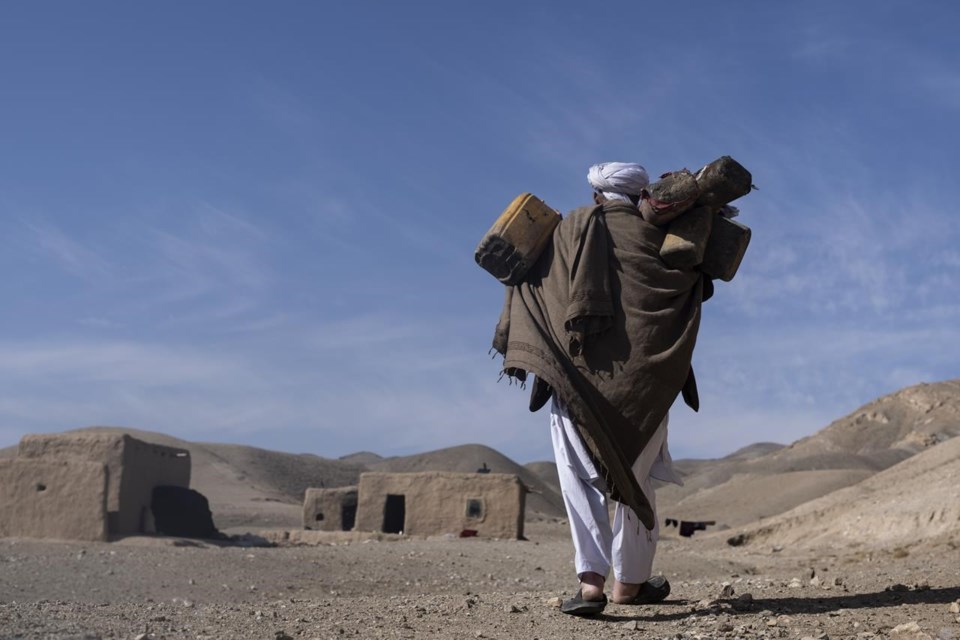NICOSIA, Cyprus (AP) —
The eastern Mediterranean and Middle East are warming almost twice as fast as the global average, with temperatures projected to rise up to 5 degrees Celsius (9 degrees Fahrenheit) by the end of the century if no action is taken to reverse the trend, a new report says.
The region will experience “unprecedented” heat waves, more severe and longer-lasting droughts and dust storms and rainfall shortages that will “compromise water and food security” for the region’s 400 million people, according to a summary of the report released Tuesday.
The eastern Mediterranean and the Middle East are more susceptible to warming trends because of their unique natural characteristics, like large desert expanses and lower water levels, the study said.
The report was prepared by an international group of scientists overseen by The Cyprus Institute’s Climate and Atmosphere Research Center and the Max Planck Institute for Chemistry. Originally published in June in the journal Reviews of Geophysics, it aims to underscore the impact of climate change in the region ahead of the United Nations climate summit in Egypt this November.
Arid climate zones will expand northward and snow-capped mountains in more northern climes will diminish during this century, said Dr. George Zittis, who co-authored the report. Although the sea level in the region is projected to rise at a pace similar with other global estimates, many Mediterranean countries are unprepared to deal with it, he said.
“This would imply severe challenges for coastal infrastructure and agriculture and can lead to the salinization of coastal aquifers” warned Zittis. Saltier water from rising sea levels and low rainfall .
The region's most vulnerable groups, including the elderly, children and pregnant people, will face major health challenges, said Max Planck Institute Director Jos Lelieveld, who was part of the study. Many European nations already have initiatives to aid vulnerable people .
The region is rapidly overtaking the European Union as a source of greenhouse gases and becoming a major emitter on a global scale, the paper suggests. China, the U.S., India and the E.U. are currently the world's largest emitters. Several Mediterranean countries are also part of the European bloc.
If the Paris Agreement target of (2.7F) is met, it would limit the temperature increase in the region to about 2C (3.6F), the study said. The report urged the region to quickly reduce its reliance on greenhouse gas emissions, especially in the energy and transportation sectors.
The study's projections for the region are in line with other scientific studies, including earlier this year. The U.N.'s climate report termed the Mediterranean as a climate change “hotspot” which is vulnerable to droughts, coastal erosion and heat waves.
___
Follow AP’s climate and environment coverage at
___
Associated Press climate and environmental coverage receives support from several private foundations. See more about AP’s climate initiative . The AP is solely responsible for all content.
The Associated Press



